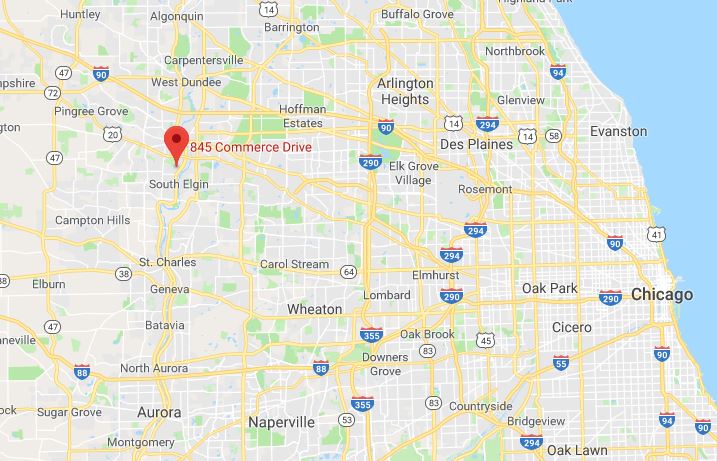Ever wonder why it takes so long to get your empty crates back to your booth at the end of your event, or why they get so banged up when you do get them back? If you don’t go to shows or ever step outside of the show hall then you would never see the pile of empty crates that often sit OUTSIDE stacked one on top of another. They must be stored somewhere during the show, and while at a recent show in Las Vegas (where it rained one day) this pile of crates sitting outside caught my eye. The one with the PINK label is one of ours, and it’s on the very bottom. I also found another from the same booth further down the pile, and on the bottom as well.
Do you think a fork lift driver moving and stacking empty crates really worries about handing these crates with care while there is nothing inside to damage? Nope. Do you think those folk lift drivers will report when their forks miss the bottom of the crate or one falls off the pile? Nope. Now I have nothing personal against fork lift operators, but not everyone is as skillful and careful as we would like them to be with our tradeshow crates. Crates can suffer the most abuse when they are being handled with nothing inside of them, and this can affect the longevity of that crate when damage to it occurs. Even the best, well-built crates are subject to the hazards of empty storage and material handling, so please keep this in mind before assuming that the carrier who last touched your shipment, didn’t handle it with care.
-Brad Jarzemski / ELITeXPO Account Executive



